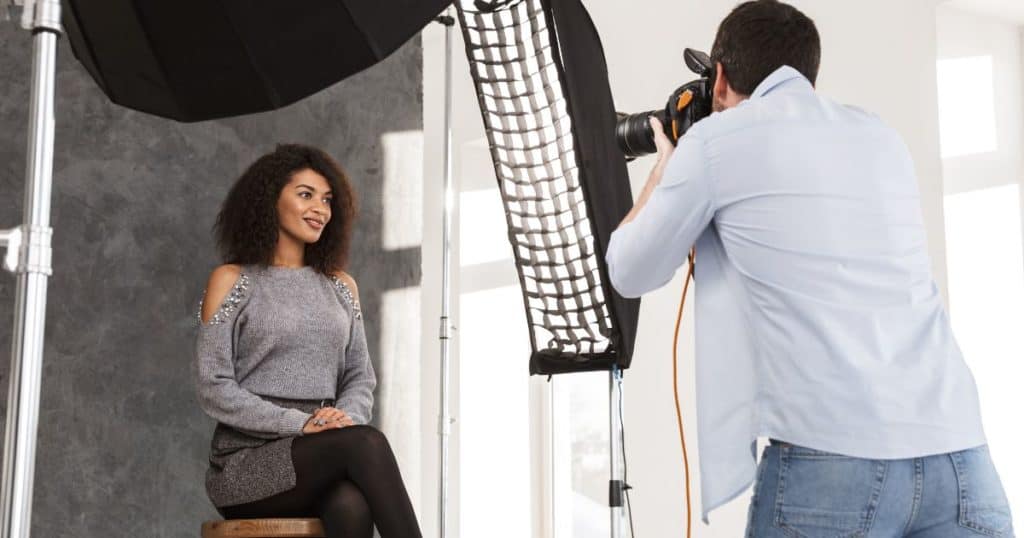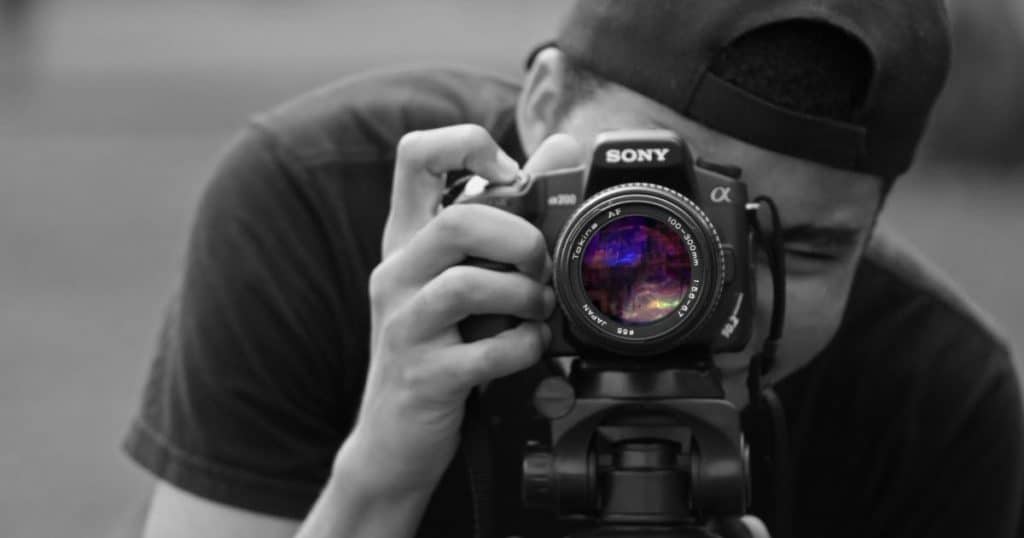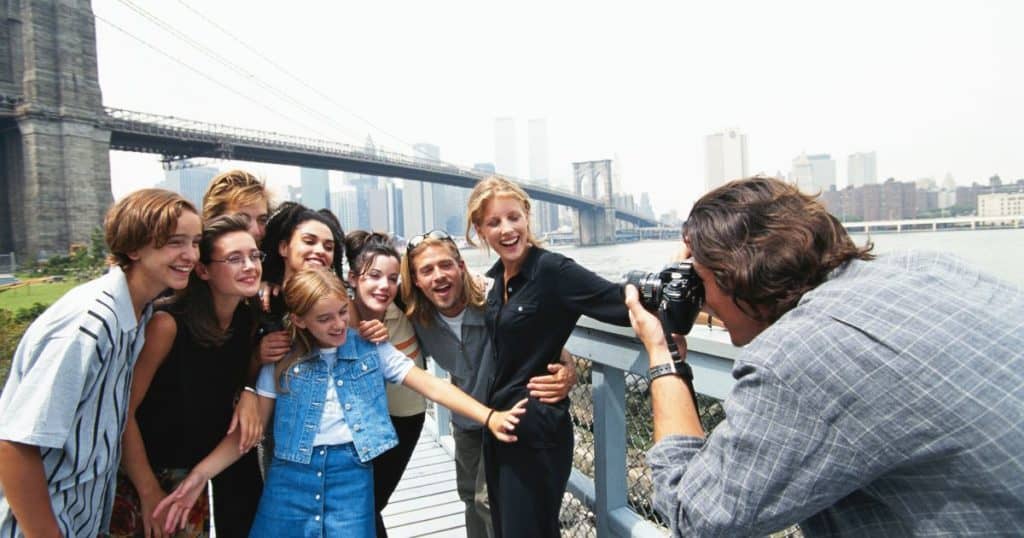When it comes to portrait photography, there is a whole world of creativity that comes along with the art. From poses and expressions to lighting and angles – anything goes! But before you can begin creating beautiful portraits, there's one essential element you'll need: finding the best aperture for portraits.
Aperture, a crucial element in photography, governs the amount of light that filters through your lens and onto the camera's sensor. Mastering its use is crucial to producing breathtaking pictures. In this article, we’ll reveal the key to selecting the ideal aperture for each shot, empowering you to immortalize engrossing images that captivate viewers.
Why Is Aperture Important for Portrait Photography?

Aperture plays a vital role in portrait photography for several reasons. It affects the depth of field, which refers to the amount of background and foreground that appears in focus.
A larger aperture, represented by a smaller f-number, creates a shallow depth of field where only the subject is in sharp focus, while the background is beautifully blurred.
This effect isolates the subject and makes them stand out, emphasizing their presence in the photograph.
To capture a wide, all-encompassing scene or a group photo where everyone is in focus, a smaller aperture, indicated by a larger f-number, is your best ally. This is a desirable technique when capturing panoramic landscapes or group portraits, where all elements must be in focus.
You can achieve a highly detailed image with the foreground and background in sharp focus by using a narrower aperture, producing an impressive, well-defined photograph.
The aperture selection also has a significant impact on the amount of light entering the camera. Opting for a larger aperture permits more light to enter, making it a beneficial feature in dimly lit environments.
In contrast, choosing a smaller aperture is useful for brighter lighting conditions, and reduces the light reaching the camera's sensor.
This technique can prevent overexposure and ensure that the highlights in the image are well-defined, preserving all the essential details.
What Is the Best Aperture for Portraits?

The best aperture for portraits depends on whether the focus is on individual subjects or multiple people. Let's delve deeper into this concept and examine the most effective aperture settings for portrait photography.
Best Aperture for Portraits of Individuals
Typically, f/2 to f/2.8 is the best aperture for portraits of individuals because it permits a short depth of focus. This produces a lovely bokeh effect and softens the backdrop to highlight the subject. The outcome is a captivating image with the subject as the central focus and the background artistically defocused.
At f/2 to f/2.8, the aperture is wide open, which enables the lens to capture as much light as possible. This is especially useful when shooting in low-light situations, as it enables you to maintain a high shutter speed and prevent blurring.
Additionally, the shallow depth of field produced by this aperture range can create a stunning bokeh effect by softening the background. This technique draws the viewer's attention to the subject, making it an excellent method for outdoor photography to keep the subject distinct from the surrounding cluttered background.
Best Aperture for Group Portraits

A smaller aperture, typically f/5.6 or f/8, is the way to go when shooting group portraits. This will give you a wider depth of field, allowing you to keep everyone in focus, while also creating a beautiful bokeh effect in the background. And, let's not forget, a smaller aperture also provides sharper and crisper details so everyone looks their best.
Since it combines sharpness, bokeh, and depth of focus, the f/5.6 to f/8 range is usually the best aperture for portraits of groups. You can experiment with wider apertures, such as f/4 or f/2.8, if you're trying to achieve a shallower depth of field and enhance the subject's contrast.
Best Aperture for Headshots
The best aperture range to use for headshots is typically between f/1.8 and f/2.8 – and here's why!
Firstly, these apertures allow for a shallow depth of field, which adds a beautiful blur effect to the background of your shot, making your subject stand out more prominently. This effect can really draw attention to the eyes and facial features of your subject, enhancing the overall impact of the shot.
It also helps to separate your subject from the background, which is especially important in a headshot since you want the focus to be on the person's face.
However, it's worth noting that shooting at wider apertures can also result in a narrower depth of field, which means that you need to be careful when focusing on your subject's face. You may need to adjust your camera's focus settings and take multiple shots to ensure that the desired parts of your subject's face are sharp and in focus.
Is a 1.8 Aperture Good for Portraits?
A 1.8 aperture, while certainly not the worst option, may not necessarily be the best pick for creating stunning portraits. While it can provide some depth of field or bokeh effect, it may not be able to capture all the details that are essential for creating compelling portraits.
Shooting with a wide-open aperture may result in overexposing the image if there is too much light.
With a wider aperture, portrait photographers can achieve better separation between the subject and the background, so the subject can stand out even more. While a 1.8 aperture can certainly get the job done, for truly stunning portraits, it's worth considering a wider aperture.
Final Thoughts
So, what's the best aperture for portraits? It really depends on the type of portrait you're capturing.
When aiming to capture a solo portrait, a wide aperture of f/2 to f/2.8 can provide a stunning, blurred background effect that draws the viewer's eye straight to the subject.
When it comes to group shots, you'll want to bump up your aperture to f/5.6 or f/8 to ensure that everyone in the frame is equally in focus. Don't be afraid to experiment and find what works best for the ultimate image quality!
